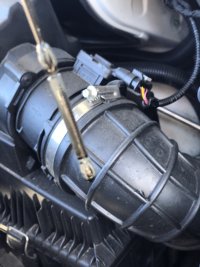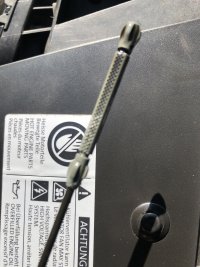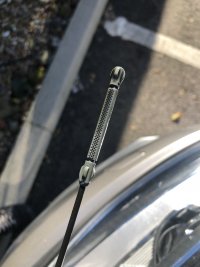Poodlehat2222
Lifetime VIP Member
Why not send an oil sample off for analysis to check for dilution?
I used to have a BMW Z4M which had a S54 engine from the M3. These are notorious for throwing the engine bearings out of the engine. So, owners would send oil samples off every 6 months and monitor the copper and aluminium content in the oil. On one of the reports it noted that the oil was becoming diluted with fuel and recommended replacing the oil.
I was only about £30 if I remember.
 www.millersoils.co.uk
www.millersoils.co.uk
Gary
Gary
I used to have a BMW Z4M which had a S54 engine from the M3. These are notorious for throwing the engine bearings out of the engine. So, owners would send oil samples off every 6 months and monitor the copper and aluminium content in the oil. On one of the reports it noted that the oil was becoming diluted with fuel and recommended replacing the oil.
I was only about £30 if I remember.
Oil Sample Analysis
Reduce the risk of unscheduled downtime and costly breakdowns for your vehicles or machinery using Millers Oils Oil Sample Analysis.
Gary
Gary

















